DxO Labs has released an official update on its financial situation in the form of a blog post on its website, and it’s not as doom-and-gloom as it seems... or sounds. While the statement confirms DxO Labs has chosen "to file for Chapter 11 Bankruptcy Protection and is now in the process of restructuring the business," it also says the restructuring "will not affect our customers in any way."
In fact, DxO Labs says the process should take no more than a few weeks to complete. And not only should this news "not affect customers," DxO Labs took the opportunity to confirm that a couple of new products are on the horizon.
According to the statement, DXO Labs plans to release a free update (version 1.2) to its flagship program DxO PhotoLab sometime in June. The update will add improved local correction features and support for seen new cameras ‘including the Canon EOS 2000D and the Sony A7 III.’
In a quick swipe at Adobe, DxO writes that this impending update will serve as:
...an opportunity for us to reiterate our commitment to the 'perpetual license' model (as opposed to a subscription model) that allows our customers to update their products according to their needs, rather than in a constrained manner.
And if that's not enough good news to distract you from the Chapter 11 talk, DxO Labs also confirmed plans to update the Nik Software Collection.
In June, the Nik Software Collection will receive its first update since being bought from Google in December of 2017. The update is said to focus on fixing bugs and to make sure the plug-ins and standalone programs work smoothly on both PC and MacOS computers.
Official Statement:
Greetings,
On March 7, 2018, DxO Labs chose to file for Chapter 11 Bankruptcy Protection and is now in the process of restructuring the business.
We are very confident that this procedure, which should not last for more than a few more weeks, will not affect our customers in any way. In fact, we are pleased to announce the following upcoming product releases:
- In June, we will release a free update (version 1.2) of our flagship software, DxO PhotoLab. Recently awarded the TIPA 2018 Award for Best Image Processing Software, this latest version of DxO PhotoLab will include improved local correction features, and will add support for 7 cameras, including the Canon EOS 2000D and the Sony A7 III. This release will also be an opportunity for us to reiterate our commitment to the “perpetual license” model (as opposed to a subscription model) that allows our customers to update their products according to their needs, rather than in a constrained manner.
- In June, we will release the new version of the Nik Software Collection, which DxO acquired from Google at the end of 2017. Much awaited by the Nik software community, this first “by DxO” version focuses on fixing bugs that up until now could disrupt the user experience, as well as on ensuring full compatibility with the latest Mac OS and PC platforms.
Thank you for your understanding and confidence,
The DxO Team

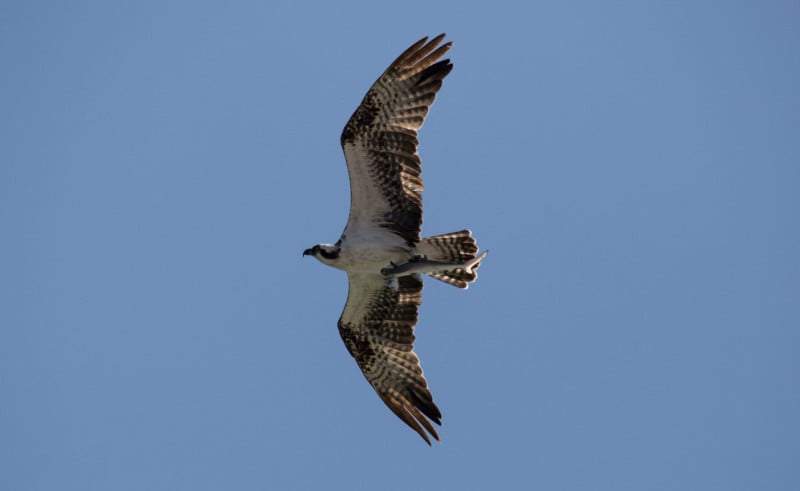
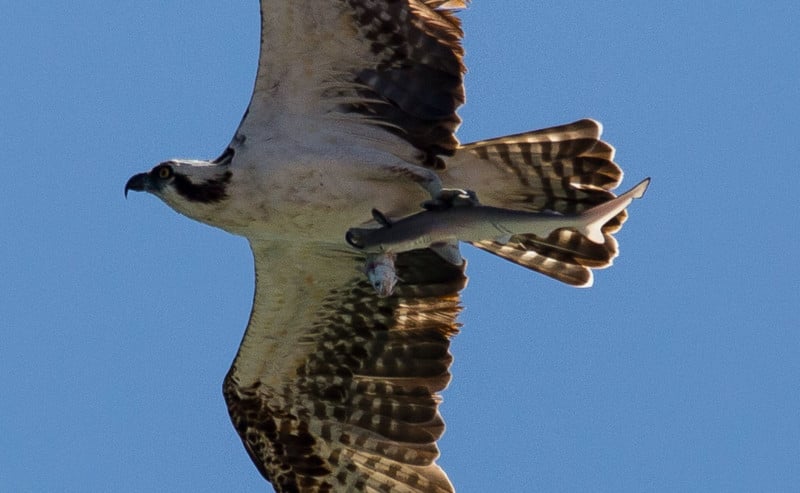
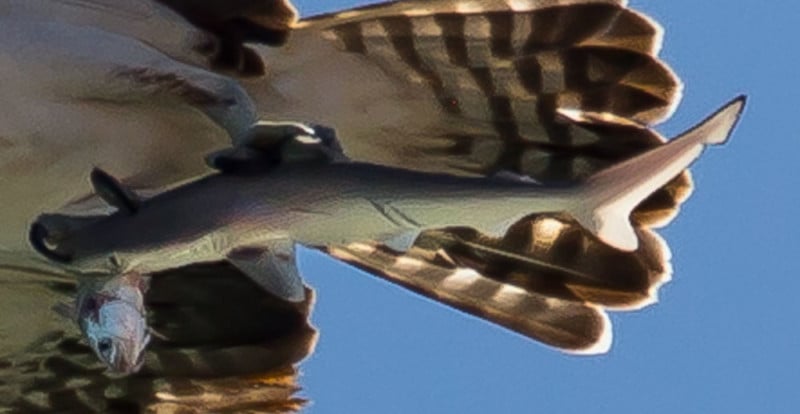
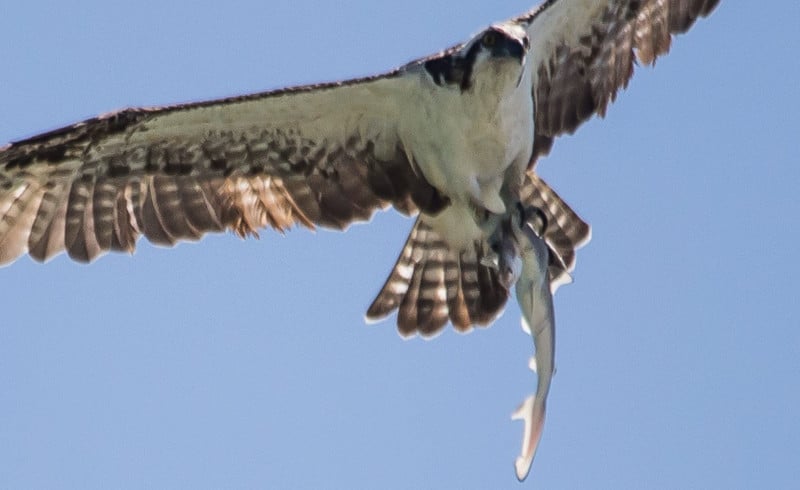
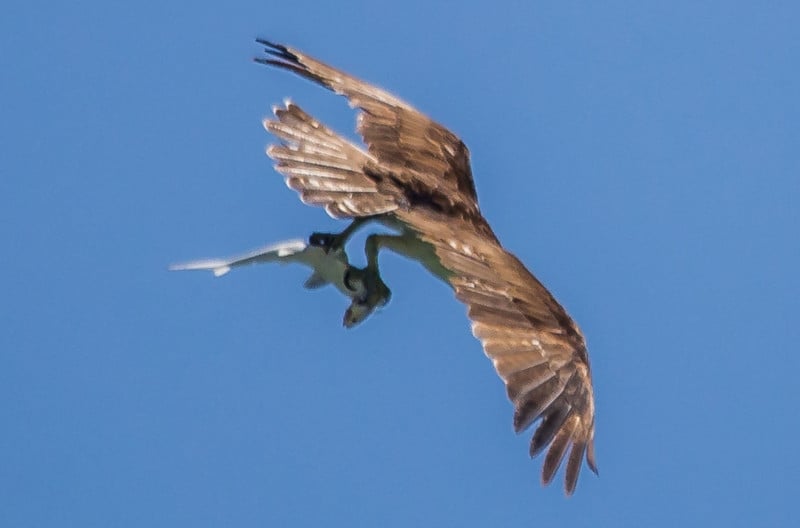






































































 RSS Feed
RSS Feed
